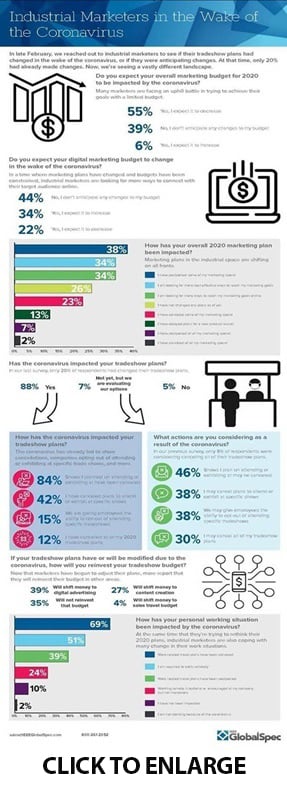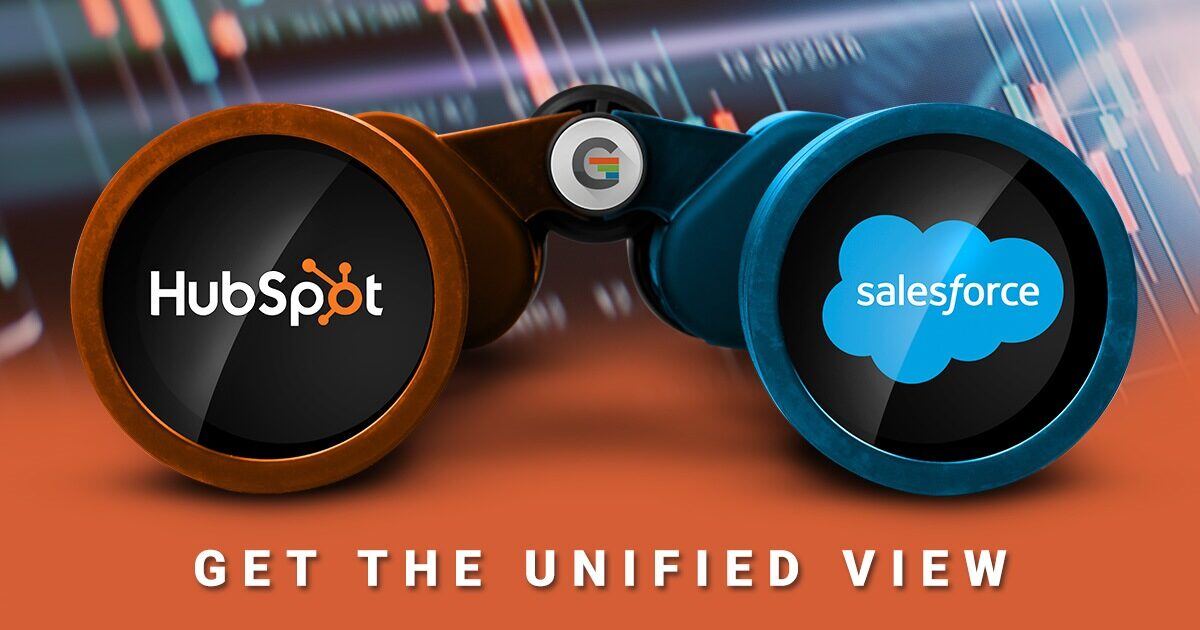Preparing for The Restart: What Are Companies Doing Now?

During the past few weeks, some agency clients are continuing to do business uninterrupted, some are seeing declines in orders, some are even seeing increases if they’re tied to some product critical for combatting the virus. 
But they’re all asking the same question: When the economy re-opens, all our competitors will be rushing to re-engage with customers and prospects. How can we beat them? What can we do NOW to prepare to be first in line when the line starts moving again?
Some are wondering if the selling process has changed, either permanently or temporarily. Will digital replace face-to-face selling? Will Zoom replace travel and in-person sales calls? Will virtual shows replace actual trade shows? We think not. Face-to-face selling will take a while to return to pre-virus levels, but human nature will always win out, and we’ll go back to appreciating the power of personal relationship building. And, for shows, while it’s certain that whenever they return attendee turnout will at first be lower, virtual trade shows have been used for more than 10 years and they just aren’t as effective as an actual in-person event.
However, there are some factors in selling that are changing today: 
- Even though everyone’s working from home, it is actually EASIER to reach people today. Everyone’s office number is forwarded to their cell, and people are so eager to talk to someone that they’re more likely to answer than when they’re in the office running from meeting to meeting. In fact, one of the telesales appointment-setting companies we work with, Concept Ltd., told us recently that their connect-call stats are actually higher today than before the shutdown.
- Stats show that people are spending more time online and on social media. A recent study from IEEE Globalspec reported that B2B marketers plan to move budget money from shows into digital search/content programs (61%). Further, only 22% are decreasing digital marketing spend.
This translates into more spending on organic search, paid search, LinkedIn advertising, webcasts and digital presence overall.
- The best quality and least expensive leads have typically come from organic search. With so many searching for products online, search presence and rankings have never been more important. Companies are spending more to improve their rankings and create the content that will drive their organic results higher. Use the slow time to add new blogs to your content campaigns that have a double-benefit: They help drive search rankings higher, while at the same time give you a platform of thought leadership that persuades visitors to your site that your expertise is greater than your competitor’s.
- Companies are improving their website and e-commerce store user experiences, in order to get more leads and quote requests from their websites. (The industry standard is 2%, so they’re working now to ensure they’re doing their best at turning anonymous visitors into leads or e-commerce purchases.)
- They’re improving their CRM and marketing automation platforms, to tighten up their follow-up sequences and alerts to make sure sales teams are pursuing opportunities more rapidly – and have more intelligence about the prospect’s backgrounds/interests when making the follow-up call.
- Look at your email templates and landing pages. For many companies, those were created a few years ago and could use a fresh set of eyes. We've redesigned several templates for clients during the past few months and have seen dramatic increases in click through rates, sometimes even double, with improvements to template strategy and user experience.
- They’re expanding into new techniques such as LinkedIn advertising and Account-Based Marketing campaigns. Some are integrating LinkedIn’s Sales Navigator with their Salesforce platforms, to find undiscovered leads to pursue.
- If they haven’t done webcasts, they’re moving unspent travel and trade show dollars to generating leads with online webinars. We’re seeing registrations for these events increase, and attendance is higher than usual. People are spending a lot of time on webcasts these days. There are tools today that make it easier than ever to record and broadcast your own webinars, such as Webcast Ninja. Some clients even co-promote them with reps or distributors as a way to reach new prospects outside of your own database.
- One of the side effects of canceled trade shows is that our industry magazine editors are looking for story ideas, which they used to line up during an industry show. Editors we’re working with are expanding into video or podcast interviews, a great way to get your company positive PR exposure. Reach out to editors to see if there’s an opportunity to get your CEO interviewed.
For most B2B marketers, getting ahead of competitors and preparing for the re-start is a Martech play. In addition to the above, here’s what we see companies putting into effect:
- Programming your CRM so salespeople get instant alerts when a prospect or target company visits your site.
- Adding Chat tools to the site to make it easy for them to contact you.
- Devoting/hiring an inside salesperson to do prospect research. We have clients that know target accounts, but don’t know decision-makers. They’re creating engagement with “artificial intelligence” ad campaigns that serve up ads to target accounts, or they see visits from those accounts via HubSpot, but they don’t know who to call. So they’re tasking less expensive inside sales reps to dig through LinkedIn or do phone prospecting (some use Concept Ltd. for this) to identify potential decision-makers.

- We use a video sales pitch tool called Vidyard (competitors are Loom or Bomb Bomb) that make it VERY easy for a salesperson to create a 60 second video pitch that is emailed to a prospect. Open rates on these for us are 80-90%, compared to the usual 10-20%.
- SMS messaging tools that integrate with HubSpot (you’d have to have their cell number of course).
- We’re seeing more LinkedIn ad campaigns with clients, since it’s pretty easy to target categories/titles of people you don’t know. Ads are very inexpensive, and they’ve improved their ability to generate leads, not just exposure.
- We have clients using LinkedIn Sales Navigator, of course. I just heard that one has connected SN to their Salesforce software to better identify prospects. I’m checking into that one more.
- Don’t forget that there’s value in investing time in improving your CRM and your overall sales processes, to tighten them up. It’s messy in most companies, leads don’t get followed up on quickly or without a lot of touches. Do a lead mapping session with sales and marketing where you plot out where leads go and try to reduce the number of touches and improve integration with the CRM. You’ll almost always find inefficiencies in the process that you can eliminate to accelerate how leads move through the company.
- If you’re running paid search Google and Bing campaigns, shore up the ad copy with some A/B testing to drive up conversion rates. And improve remarketing ad creative by adding animation graphics to banner materials.
- Polish up your handbooks, banners and white papers. Adobe has added a variety of new tools to animate your ad creative and white papers, turning dull white paper pdfs into something far more professional looking. Downtime until the economic restart presents a great opportunity to re-design some of your high-volume content offers. Here’s a sample of one of our content offers using some of Adobe’s new capabilities.
As states begin to talk about re-opening, clients sense there’s an opening beginning to take place for them and are asking how to convert that to more opportunities. Marketing is always about a race to beat competitors. Preparing for the race to come – whenever it begins – is a tremendous opportunity for B2B marketers today.







